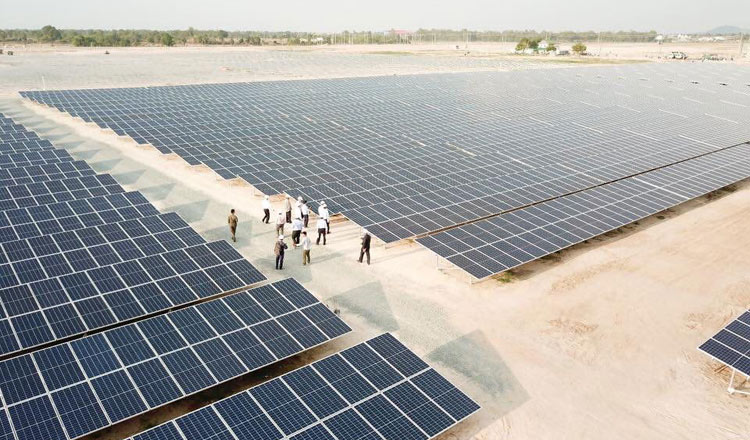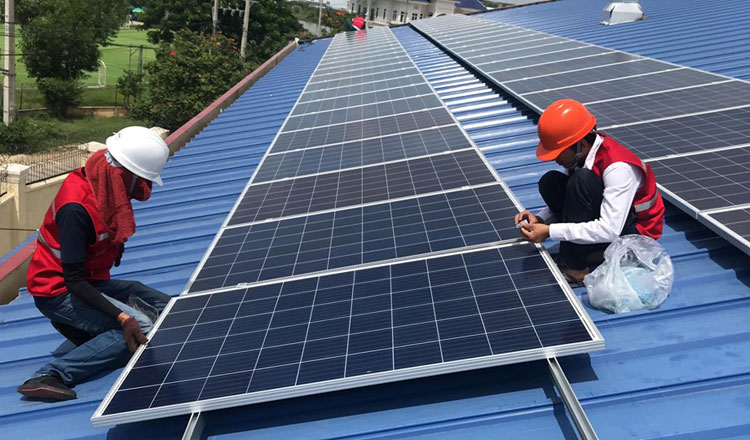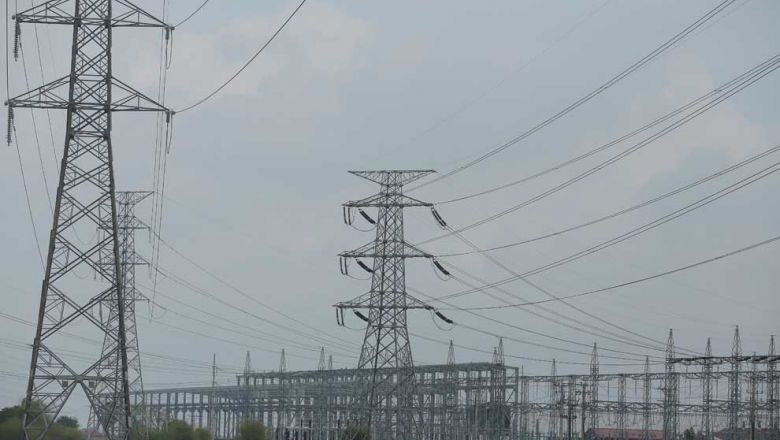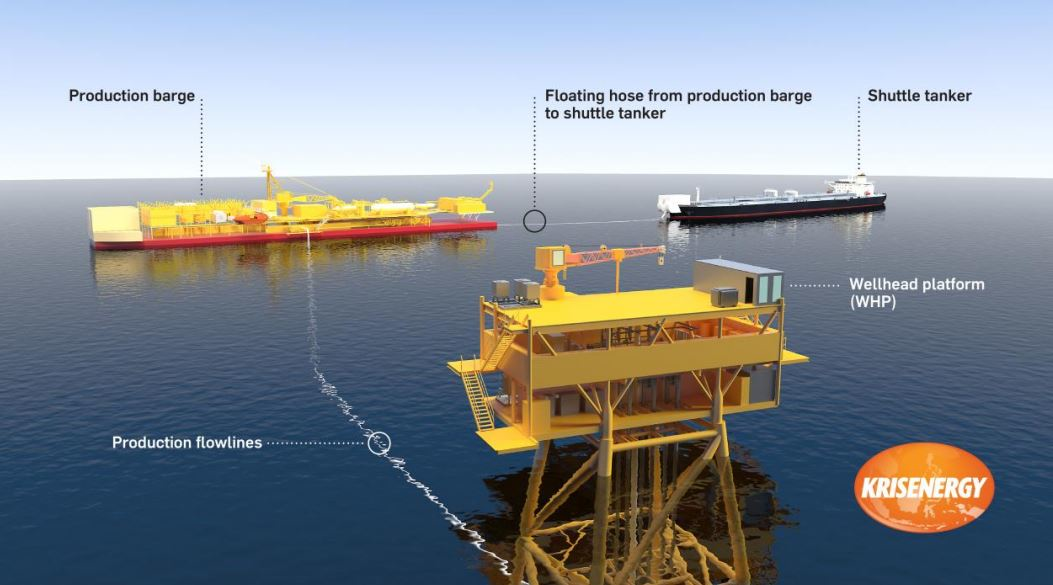Five New Solar Farms to be Connected to the National Grid
Solar farms across five provinces are being launched this year, according to the Ministry of Mine and Energy.
In its annual report, the ministry stated five solar parks are having their construction works accelerated so they can be connected to the national grid as soon as possible.
Together, the solar projects will boost the nation’s power supply by a total of 160 megawatts (mW) a year. With each province accounting for; Svay Reign (20mW), Pursat (30mW), Kampong Speu (20mW), Battambang (60mW) and Banteay Meanchey (30 mW).
Next year, according to the ministry, the country will launch another 60 mW in Kampong Chnang and 60 mW solar farm in Pursat provinces, generating 120 mW when combined.
Actions taken by the government have aimed to diversify power sources within the country because power demands have notably increased in recent years from investment activities, especially in the construction and manufacturing sectors.
Cambodia still generates energy predominately from coal-fired power plants and hydropower dams, with solar energy making up less than 1 percent of total energy output in 2018.
Sokun Sum, chairman of the Solar Energy Association of Cambodia, told Khmer Times yesterday that he noted the government has taken concrete actions to diversify its power sources, one of which is renewable energy.
He estimated that renewable sources now represented about 15 percent of total power consumption since 2018.
Sokun stated that the government is now prioritizing renewable energies, particularly solar energy because it has great potential and could help end the country’s energy woes.
“Power demand will continue to increase year-on-year as investment activity continues to rise. In this sense, my understanding is that the government should give more opportunities for renewable energy investments,” he said, adding that 1,000 mW of renewable energy infrastructure should be created.
According to a recent study by the Asian Development Bank, Cambodia has about 10,000 mW of hydropower potential, 8,100 mW for solar and about 6,500 mW for wind.
Sokun also explained that construction times for solar farms are lower than for hydropower dams. However, he argues that solar farms can be expensive and require large plots of land, but returns on investment are high.
In a survey by Japanese consultant company Chugoko Elecric Power Co Inc, the nation’s power demand is projected to be 12,000 mW per year by 2030
The country’s energy mixture will change drastically in upcoming years, said Keo Rattanak, director-general of Cambodian state-run energy utility Electricite Du Cambodge (EDC)
“We will be able to produce at least 20 percent of our energy from solar systems in the next few years,” Rattanak said during a forum on energy in Phnom Penh.
“We are prioritising solar power because it is good for the environment. We want to integrate green energies into the country’s economic development strategy,” he added.
The nation’s total power supply generated increased from 2,635 mW in 2018 to 3,382 mW in 2019, a 28 percent year-on-year increase.
Source: Khmer Times







